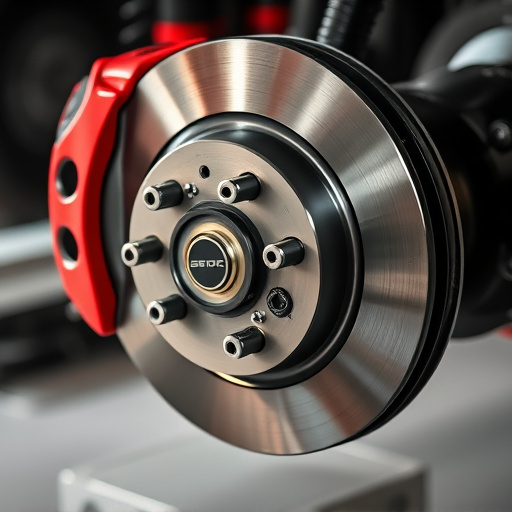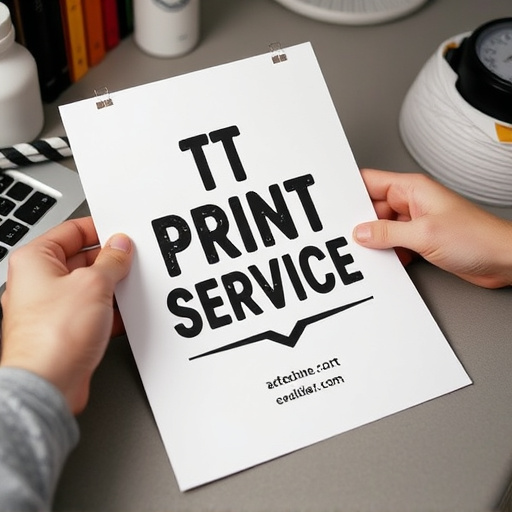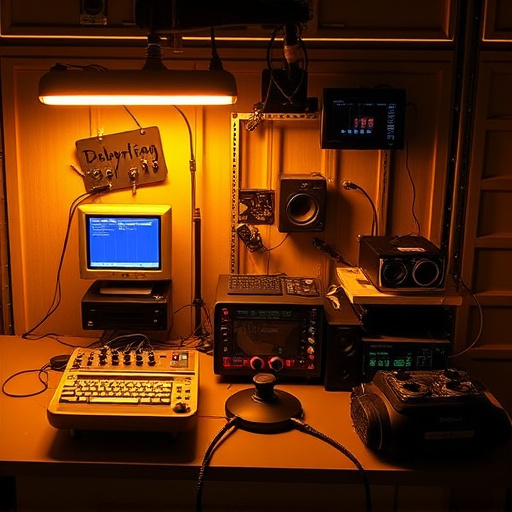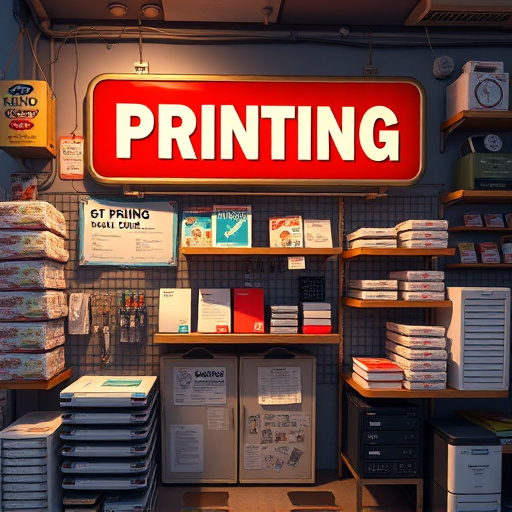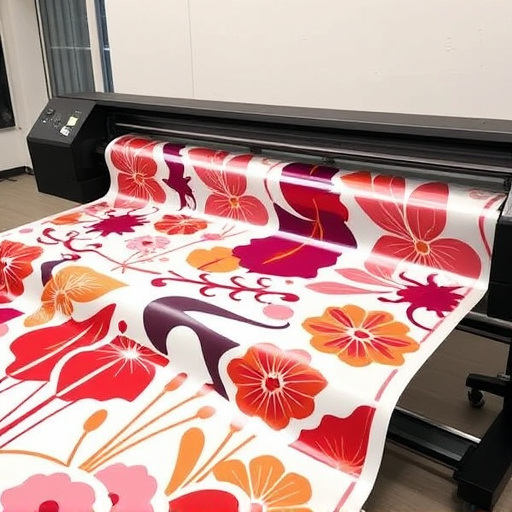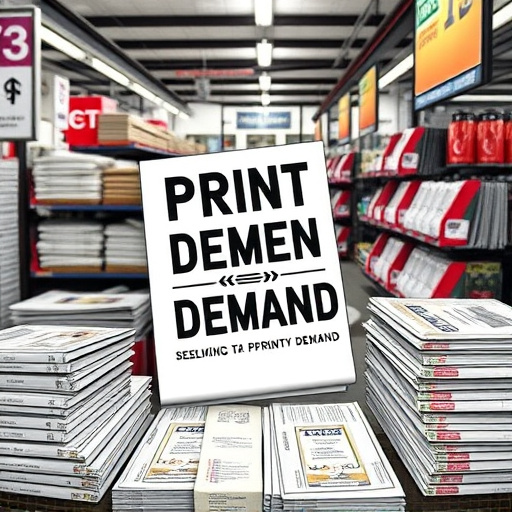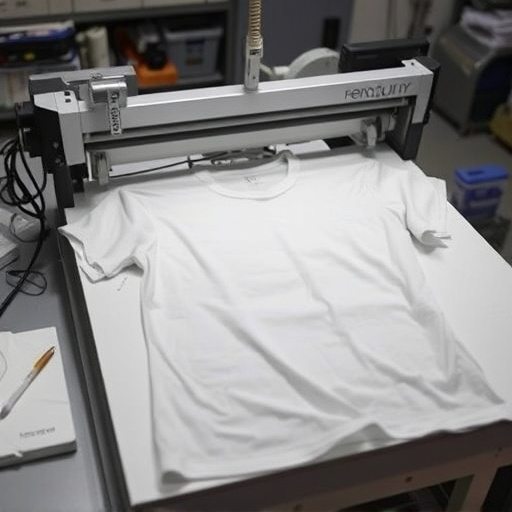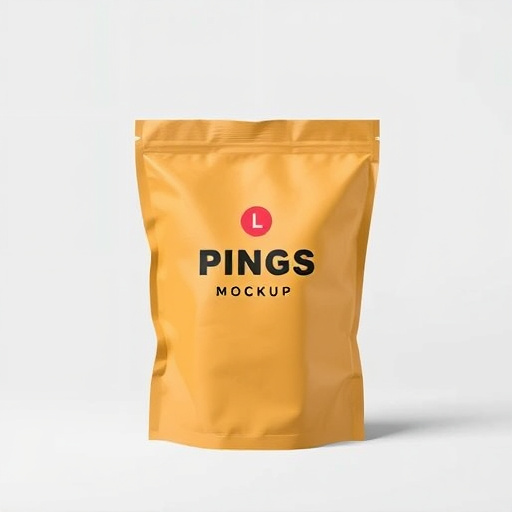DTF (Direct to Fabric) Technology is revolutionizing custom apparel printing by offering a swift, versatile, and high-quality solution for fabric customization. It directly prints ink onto fabrics like cotton, linen, and rayon, preserving their comfort and aesthetics while delivering vibrant designs. DTF reduces production time, waste, and accommodates various fabric types, empowering designers to create unique, personalized garments with intricate details and bold colors, catering to both small and large production runs.
The custom apparel printing industry is experiencing a revolution with the emergence of Direct-to-Fabric (DTF) technology. This innovative approach compares favorably to traditional methods like screen printing, offering unparalleled speed, cost-effectiveness, and design flexibility. DTF technology’s impact on small businesses and entrepreneurs is profound, empowering them to compete in a bustling market. Discover how this game-changing technology is transforming the industry and shaping its future through enhanced efficiency, broader design possibilities, and accelerated production times.
- The Emergence of DTF Technology in Custom Apparel Printing
- – Brief overview of traditional printing methods vs digital technologies
- – Introduction to Direct-to-Fabric (DTF) technology and its unique benefits
The Emergence of DTF Technology in Custom Apparel Printing
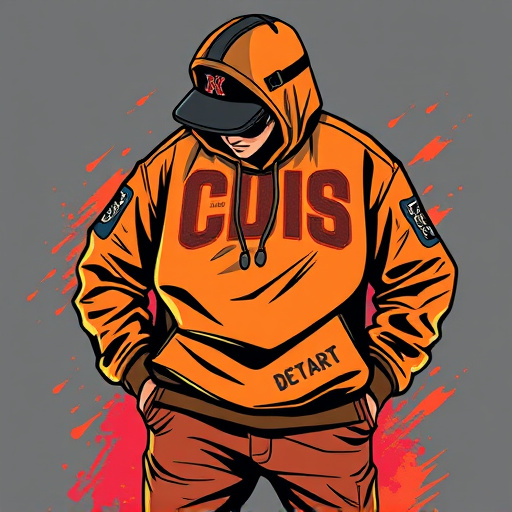
The emergence of DTF (Direct to Fabric) Technology has brought about a significant revolution in the custom apparel printing industry. This cutting-edge innovation allows for direct printing on fabric, eliminating the need for traditional methods like screen printing or heat transfer. DTF technology offers unparalleled versatility and efficiency, enabling printers to create high-quality, personalized designs on a wide range of garments with remarkable speed.
DTF heat transfer paper plays a pivotal role in this process, serving as the medium through which intricate patterns and graphics are precisely transferred to fabrics. Unlike traditional heat transfer methods, DTF for t-shirts and other apparel items provides a more vibrant and durable print finish. The technology’s ability to capture subtle details and maintain color accuracy has opened up new avenues for designers and businesses, fostering creativity and ensuring customers receive custom-made garments that truly stand out in the market.
– Brief overview of traditional printing methods vs digital technologies
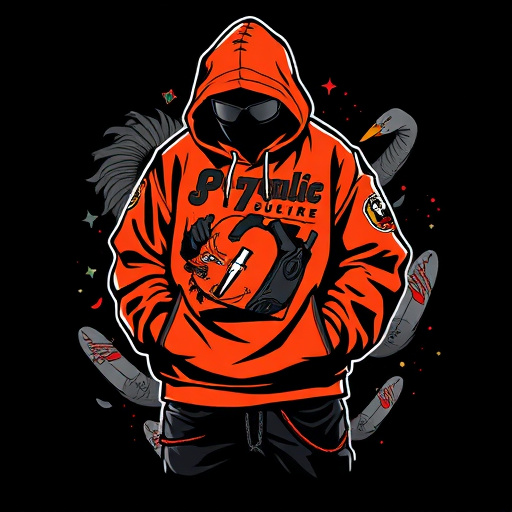
In the realm of custom apparel printing, traditional methods have long dominated the landscape. These techniques, while effective in their own right, often involve time-consuming processes that can hinder efficiency and creativity. Screen printing, for instance, requires setting up individual screens for each design, making it less feasible for producing smaller batches or unique, one-off pieces. On the other hand, digital technologies like DTF (Direct to Fabric) offer a revolutionary approach, enabling faster turnaround times and unparalleled versatility.
DTF technology streamlines the printing process by directly applying designs to fabric using advanced inkjet printers. This method eliminates the need for separate screens, making it ideal for both small-scale and large-scale production runs. For clothing brands seeking to create custom graphic tees or apply intricate logos to a variety of garments, DTF provides an efficient and cost-effective solution. Unlike traditional methods, DTF transfer allows for easy customization, ensuring that each piece can be tailored to individual customer preferences while maintaining high-quality results.
– Introduction to Direct-to-Fabric (DTF) technology and its unique benefits

Direct-to-Fabric (DTF) technology is a game-changer in the custom apparel printing industry, offering a streamlined and versatile approach to fabric customization. Unlike traditional methods that often involve multiple steps and limitations with specific fabrics, DTF printing directly applies ink to the fabric’s surface, resulting in vibrant, long-lasting designs. This innovative technique is particularly suited for light fabrics like cotton, linen, and rayon, ensuring their softness and breathability remain intact while enhancing their visual appeal.
DTF technology provides numerous benefits, including faster production times, reduced waste, and exceptional print quality on a variety of fabric types. It allows designers and businesses to create unique, personalized apparel with intricate details and bold colors. With DTF for Apparel, the possibilities are endless, from creating custom t-shirts and hoodies to designing statement pieces for fashion enthusiasts who appreciate both style and individuality.
DTF technology is transforming the custom apparel printing industry by offering unparalleled precision, speed, and versatility. By eliminating the need for costly set-up costs and complex machinery, it democratizes access to high-quality print jobs, enabling both small businesses and individual artists to thrive. As this technology continues to evolve, we can expect even more innovative applications, further pushing the boundaries of what’s possible in apparel design and production.



